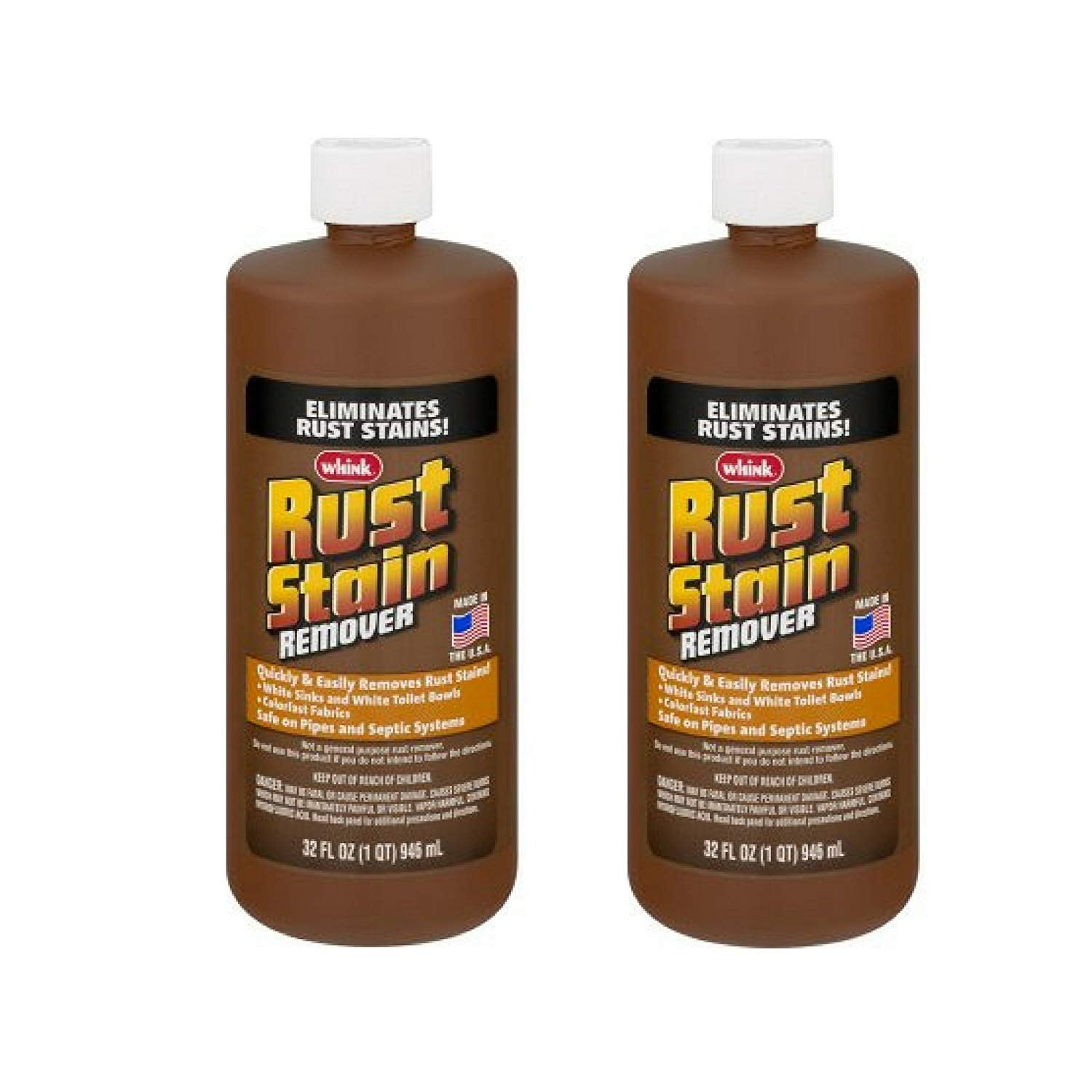

The only frustrating thing about using Whink is that it poses some serious health hazards. When you are finished, simply rinse the stained area with cold water. You may need to repeat this to eradiate stubborn stains. Apply a few drops of the solution to a stained area and wait for the magic to happen. We found it incredibly easy to use Whink. On top of that, you need to avoid matching Whink up with oxidizers, acids, and alkalies. Its acidic properties will eat away at everything from aluminum to zinc. What the bottle does not state is that Whink cannot be used on metals.
#WHINK RUST STAIN REMOVER SKIN#
Improper handling can lead to skin damage, respiratory issues, or more serious harm. What’s more, users should always wear gloves, protective clothing, and even face shields when working with Whink. With that said, Whink should always be kept out of the reach of children and animals. These compounds work together to eat away at rust. Considering the cleaner’s caustic nature, we appreciate the detailed instructions.Īccording to the manufacturer, Whink contains a solution of hydrofluoric acid and water. What’s more, there is a block of text on the bottle that warns consumers to abstain from using Whink Rust Stain Remover if they are not willing to comply with all of the manufacturer’s instructions. The label also indicates that Whink Rust Stain Remover is not an all-purpose cleaner. The label goes on to say that Whink will not damage plumbing or septic systems. We assume this means it’s also safe to use on other white porcelain surfaces, such as bathtubs and pottery. It is designed to be used on white sinks, white toilets, colorfast fabrics, and carpets. It comes in an opaque brown bottle with a retro label. Our first impression was that Whink looked outdated. Its best to follow the rules everyone else has to (and apply them to yourself as well). We feel completely safe using this product in our shop, but we have to abide by the law.



 0 kommentar(er)
0 kommentar(er)
